If you have recently undergone an episiotomy and are looking for ways to help the scar heal quickly and comfortably, you are in the right place. In this article, we will discuss how to massage episiotomy scar tissue for optimal healing and comfort. We will look at the benefits of massage and explain the proper technique to ensure that you get the best possible results. Finally, we will also discuss potential risks associated with episiotomy scar massage.
Contents
Benefits of Massaging Episiotomy Scar Tissue
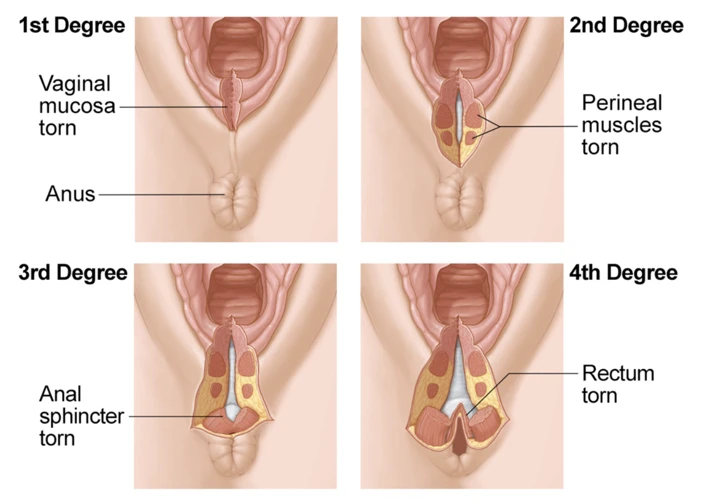
Massaging an episiotomy scar tissue can help improve healing, reduce discomfort, and restore tissue elasticity. It can also help to improve circulation and reduce scarring. Massaging the episiotomy scar tissue can also help to reduce pain, improve flexibility and restore normal tissue functioning. Additionally, massage therapy can help to reduce the swelling associated with episiotomy scarring. Massage can also help to relax the muscles in the area and reduce tension.
There are many benefits to massaging perineal scar tissue, including increased flexibility and improved circulation. Massaging the scar tissue helps to break down adhesions between the scar tissue and surrounding tissue, which can help to improve the healing process. Massage can also help to reduce the fibrotic tissue or scar tissue that can occur following an episiotomy. Additionally, massage can help to improve tissue elasticity, which can help to reduce the risk of further damage to the area.
Massage therapy can also help to reduce the pain associated with an episiotomy. Massage can help to stimulate the nerve endings, which can help to reduce pain and improve comfort. Massage can also help to reduce inflammation, which can help to reduce discomfort and promote healing.
Finally, massage therapy can help to improve the appearance of an episiotomy scar. Massage can help to improve the appearance of the scar by increasing the circulation in the area and improving the elasticity of the skin. Massage can also help to reduce the appearance of scar tissue, which can help to improve the overall appearance of the scar.
Preparations for Massaging Episiotomy Scar Tissue
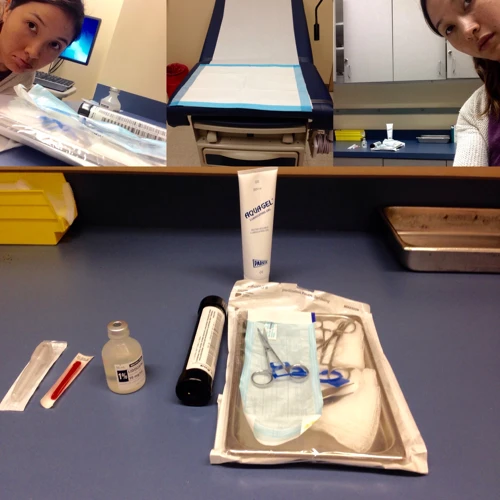
Clean Up the Area
Before beginning the massage, it is important to thoroughly clean the area around the episiotomy scar. Take a warm shower, and use a gentle, non-scented soap to wash the area. Rinse off the soap, and gently pat the area dry.
Gather Necessary Supplies
You will need a few supplies to complete the massage. Choose a non-scented massage oil or cream. Avoid using products with strong fragrances, as this can irritate the sensitive skin in the area. You will also need a clean washcloth or towel, and a comfortable place to lay down.
Massaging Episiotomy Scar Tissue
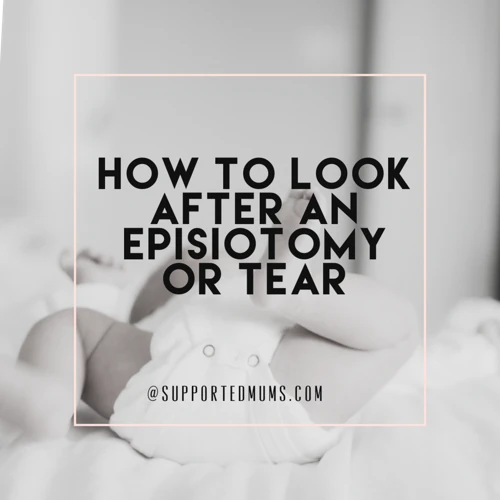
Pre-Massage Tips
Clean Hands. Before massaging your episiotomy scar tissue, make sure your hands are clean. Wash them with soap and warm water and dry them with a clean towel. Warm the Area. Before starting the massage, warm up the area by taking a warm shower or bath. Alternatively, you can use a hot compress. Use Lubricant. For a more comfortable massage, use a lubricant such as olive oil, vitamin E oil, or coconut oil.
Technique for Massaging Episiotomy Scar Tissue
Start Slowly. Begin the massage slowly and gently. Move your fingers in a circular motion, pressing lightly against the scar tissue. Increase Pressure Gradually. As you go along, you can increase the pressure gradually. Go in Different Directions. Once you have increased the pressure, move your fingers in different directions for a more thorough massage. Do Not Push Too Hard. Make sure to not push too hard or too fast, as this can cause pain or discomfort.
Post-Massage Tips
Wipe Excess Lubricant. After the massage, wipe away any excess lubricant with a clean cloth. Clean the Area. After wiping away the excess lubricant, make sure to clean the area with a mild soap and warm water. Apply a Moisturizer. To help the skin heal and stay moisturized, apply a moisturizer or a nourishing oil after the massage.
Massaging Perineal Scar Tissue
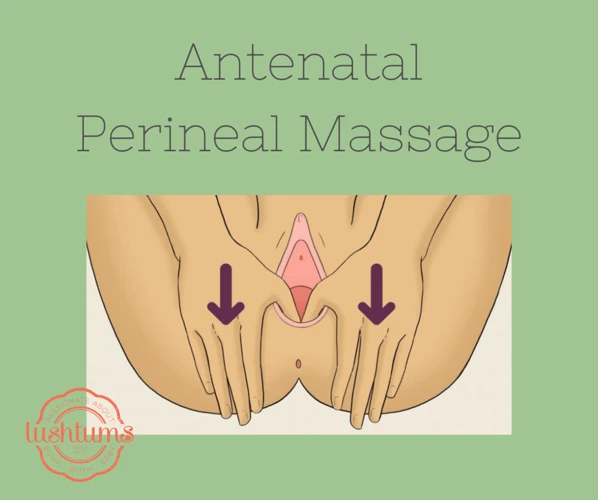
Pre-Massage Tips
Always use a lubricant. It will make the massage easier, more comfortable and more effective. It is important to use a lubricant that is free from fragrances, dyes, and preservatives. Warm up your hands. Massage works best when your hands are warm. You can do this by soaking your hands in warm water or by rubbing them together for a few minutes.
Technique for Massaging Perineal Scar Tissue
Use your index and middle fingers to massage the tissue in a circular motion. Start in the center of the scar and move outwards in both directions. Use a light pressure and increase the pressure as needed. Keep your strokes short and slow. Do not rub too hard or too fast. Breathe deeply. As you massage, focus on your breathing. Take deep breaths and let them out slowly. This will help you relax and will make the massage more effective.
Post-Massage Tips
After you are finished massaging, apply a moisturizer. This will help to keep the skin hydrated and will help to reduce any irritation or discomfort. Clean your hands. It is important to clean your hands after massaging. Use warm water and soap to thoroughly clean your hands.
Potential Side Effects from Massaging Episiotomy and Perineal Scar Tissue
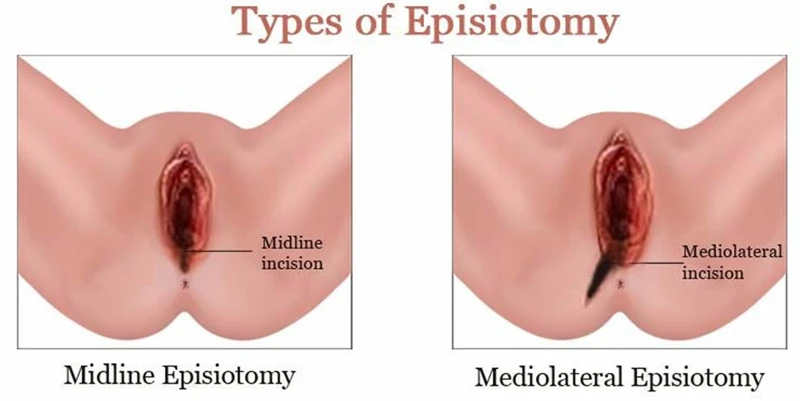
- Pain: While massaging scar tissue may help to reduce discomfort, it can also cause some pain. This is especially true if the scar tissue is still tender to the touch. To reduce the risk of pain, use gentle pressure and slow strokes when massaging the perineal area.
- Bruising: It is possible to experience bruising when massaging the perineal area. This is because this area is very fragile and sensitive and can easily be damaged. To reduce the risk of bruising, use gentle pressure and avoid applying too much pressure when massaging.
- Bleeding: It is possible to experience some bleeding when massaging the perineal area. This is because the area is very sensitive and can easily be damaged. To reduce the risk of bleeding, use gentle pressure and avoid applying too much pressure when massaging.
- Infection: It is possible to experience an infection when massaging the perineal area. This is because the area is very sensitive and can be easily damaged. To reduce the risk of infection, ensure that your hands are clean before massaging the area and avoid applying too much pressure when massaging.
Tips for Optimal Healing and Comfort
- Keep the area clean: Clean the area with a mild soap and warm water. Pat it dry after cleaning.
- Moisturize the area: After cleaning, apply a lubricant such as an over-the-counter moisturizing cream or ointment to the scar tissue.
- Massage the area: Gently massage the scar tissue in a circular motion using your fingertips. Use slow, gentle strokes and avoid pressure on the area. Do this for 5 to 10 minutes twice a day.
- Apply heat: After massaging, apply a warm compress to the area. This can help reduce pain and inflammation.
- Elevate the area: When you’re not massaging or applying heat, keep the area elevated to reduce swelling and discomfort.
- Use ice: If the area is swollen or inflamed, use an ice pack for 15 to 20 minutes. Do this twice a day.
- Wear supportive clothing: Wear loose, breathable clothing that doesn’t rub or irritate the area.
Frequently Asked Questions
What is an Episiotomy?
Episiotomy is a surgical incision made at the opening of the vagina during childbirth. It is usually performed to enlarge the opening of the vagina, allowing the baby to pass through more easily.
- The incision is typically made in the perineum, which is the tissue between the vagina and the anus.
- The procedure is usually done with local anesthesia.
- It is usually done just before the baby is ready to come out.
- The incision is repaired with stitches after the baby is delivered.
- The stitches will dissolve or be removed after a few weeks.
Episiotomies are generally safe and can help to reduce the risk of tissue tearing during childbirth. However, it can also result in some discomfort and/or pain.
Is there an optimal time frame for massaging scar tissue after an episiotomy?
Research suggests that massage is an effective way to reduce scar tissue and improve scar healing. However, the optimal time frame for massaging a scar after an episiotomy may depend on individual factors, such as the size of the scar, the amount of discomfort, and the type of scarring. Generally, it is best to wait until the episiotomy has healed before starting to massage the scar, as massage can cause further irritation or discomfort. It is important to talk to a healthcare provider or physical therapist to decide the best timing for massage.
What is the Best Technique for Massaging the Scar Tissue?
1. Light Stroking – Lightly stroking the scar tissue with your fingertips is a great way to start off the massage. This is done to help the scar tissue to relax and become more pliable.
2. Kneading – Kneading the scar tissue can help to break up any adhesions that have formed. By using the palm of your hand, apply pressure and gently knead the tissue in a circular motion.
3. Cupping – Cupping is a technique that uses gentle suction to help increase blood flow to the area. This can help to reduce inflammation and pain. To do this, use a cup made from silicone or plastic, filled with warm water. Place the cup over the scar tissue and gently press down.
4. Applying a Warm Compress – Applying a warm compress to the scar tissue can help to further relax it. To do this, wet a soft cloth with warm water and place it over the scar for 5-10 minutes.
5. Use Essential Oils – Essential oils can help to reduce inflammation and promote healing. You can apply a few drops of an essential oil of your choice to the scar tissue and gently massage it in.
Are there any risks associated with massaging scar tissue after an episiotomy?
Yes, there are several potential risks associated with massaging scar tissue after an episiotomy.
- Pain: Massaging scar tissue can be painful, especially if the scar is still tender. It’s important to listen to your body and stop massage if you experience any pain or discomfort.
- Infection: If proper hygiene is not observed, massage can increase the risk of infection.
- Bleeding: Massage can cause minor bleeding or bruising due to the increased circulation in the area.
- Re-injury: Massage can increase the risk of re-injury, especially if done too aggressively or too soon after the injury.
It’s important to discuss massage with your doctor before beginning, and to follow their recommendations for massage frequency, intensity, and duration.
Are there any additional ways to help with the healing and comfort of an episiotomy scar?
Using a warm compress can help to reduce swelling and relieve pain associated with an episiotomy scar. Applying aloe vera to the area can also help to reduce pain and discomfort. Additionally, avoiding tight clothing can help to keep the area clean and dry, and reduce irritation. Taking warm baths can also help to reduce any discomfort or pain associated with the scar.
Conclusion
Massaging scar tissue is an effective way to help reduce pain, aid in healing, and help optimize comfort after an episiotomy. To maximize the benefits of massage, use a gentle, circular motion and use a natural oil or cream to reduce friction. Always consult your healthcare provider before attempting to massage any scar tissue.

